Show type Resident show Final show January 19, 2013 | Date of premiere September 25, 2011 | |
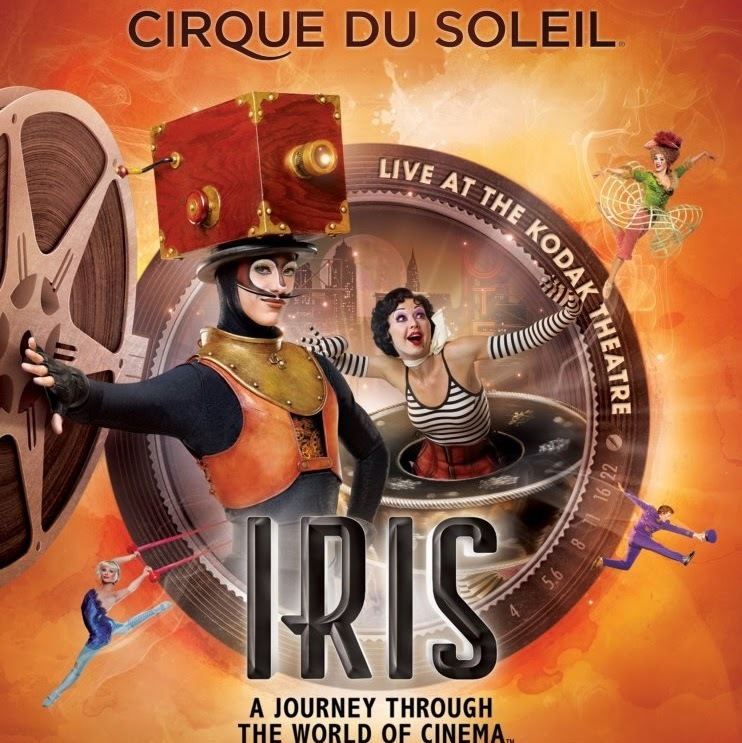 | ||
Location | ||
Iris by cirque du soleil a journey through the world of cinema official trailer
Iris was a resident Cirque du Soleil show based in Los Angeles, California. It premiered on September 25, 2011, after preview performances which began on July 21, 2011. The cost for production of the show was nearly $ 100,000,000, which included the cost of renovating the Dolby Theatre in which the show was housed. Iris was written and directed by French director-choreographer Philippe Decouflé. The show explored images from the history of cinema and featured elaborate choreography, acrobatics, and a variety of contemporary circus acts. The name of the show, Iris, comes from the camera diaphragm as well as from the colored iris of the human eye.
Contents
- Iris by cirque du soleil a journey through the world of cinema official trailer
- Iris cirque du soleil 01 buster s big opening
- History
- In popular culture
- Set and technical information
- Cast
- Acts
- Costumes
- Music
- References
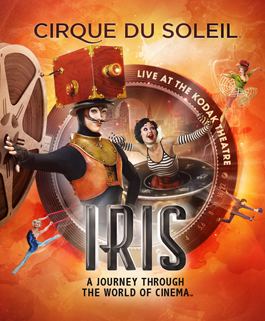
In November 2012 it was reported that Iris would end its run at the Dolby Theatre on January 19, 2013 due to disappointing ticket sales. It was later reported that Cirque du Soleil looked into the possibility of taking Iris to other cities in the United States.
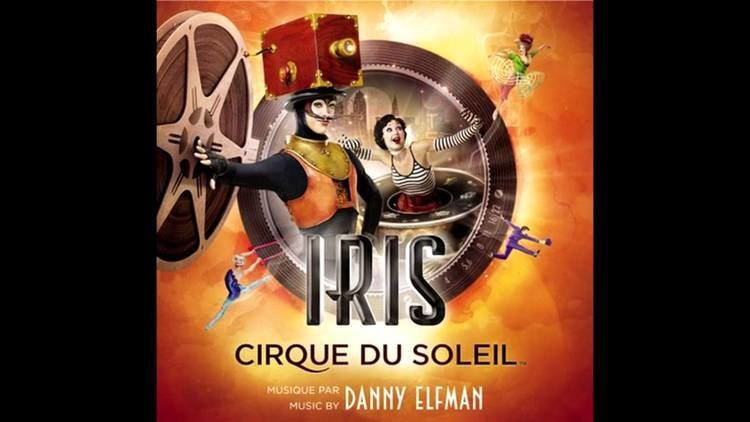
Scenes from Iris would later be incorporated into the Cirque du Soleil show Paramour which debuted on Broadway in New York City on May 25, 2016.

Iris cirque du soleil 01 buster s big opening
History
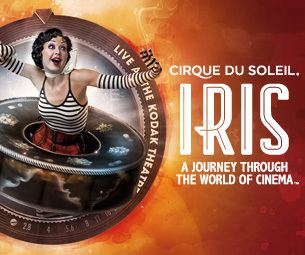
Although Iris was in development for some time, the artists and creation team started preparations in Spain. At the beginning of March 2009, production and operations personnel started working in Montréal. During this time, the productions and the acrobatics continued to refine the show and artists continued training until the end of April when they moved to Los Angeles as well to continue preparing for the show's premiere.
Cirque du Soleil employed 125 orchestral musicians to create the pre-recorded portions of the soundtrack.
In popular culture
Set and technical information
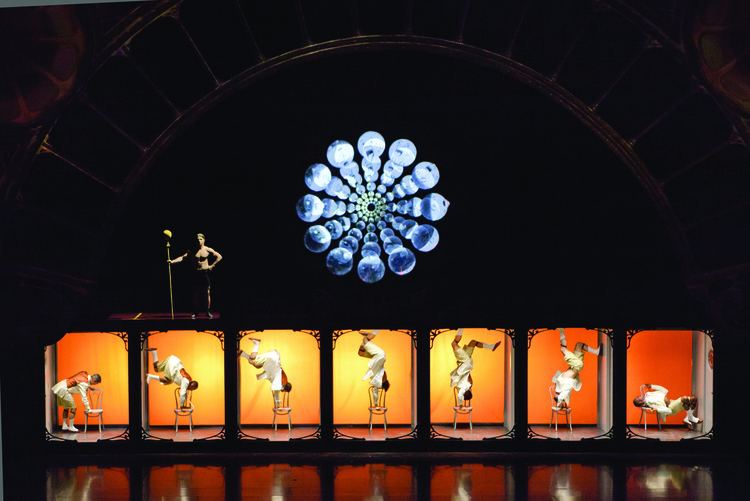
Cirque du Soleil had to modify the 9,600-square-foot (890 m2) stage in the theatre at a cost of US$40,000,000 (equivalent to $42,585,799 in 2016), primarily to create stage lifts. To accommodate the lifts, 44-foot (13 m) deep pits were excavated. This changed the sets' space to measure 122 feet (37 m) from the high grid to the bottom of the pits. Cirque also removed seating from the theatre, reducing seat counts from 3400 to 2500, in order to give all spectators the same viewing experience. The creative team used 174 loudspeakers, 603 lighting features, 20 video projectors, and 166,000 watts of sound in the Iris production. The design of the "set suggests a fairground attraction inspired by Coney Island where movies were screened to an audience for the first time."
Cast
The Iris troupe consists of 72 performers, including Olympic athletes. Principal characters include:
Acts
According to the show creators, the acts of Iris are meant to evoke the sense of wonder of the cinema.
Costumes
Philippe Guillotel drew inspiration from numerous venues whose central theme was that of cinema. Through this extensive research into cinema's history his design team was able to create costumes which impress upon the viewer the evolution of color film. The team created a few unusual costumes for the hybrid characters:
The primary materials for this show included soft Lycra, silk stretch nylon, and natural cottons and linens. Philippe also used leather and high-tech materials such as carbon fiber for accent pieces, but stayed true to the use of the primary material selection.
Music
Iris' soundtrack was created by Danny Elfman and renowned conductor Deborah Hurwitz served as the Music Director. The music is created by pre-recorded music from a blend of 100 orchestral musicians (the largest in Cirque du Soleil's history) spread over both large and small ensembles, mixed with the show's eight live, in-house musicians. Below are the 17 track titles from the official soundtrack album, which was originally released in 2011. The italicized items are the acts associated with the adjacent tracks.
- Buster's Big Opening
- The Twins (Aerial straps)
- Kiriki Film (Kiriki intro)
- Kiriki
- Silent Movie
- Patterns (Hand to hand)
- Clown Special Effects
- Pellicule - Part I and II (Film strip scene)
- Snake Women (Contortion)
- Movie Studio (Movie studio scene)
- The Broom (Solo trapeze intro)
- Flying Scarlett (Solo trapeze)
- Old Toys
- Film Noir / Pursuit (Film noir scene)
- Rooftops (Trampolines)
- Scarlett Balancing (Hand balancing on canes)
- Iris Finale and Bows
